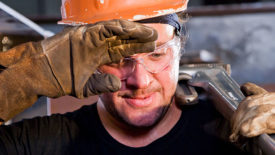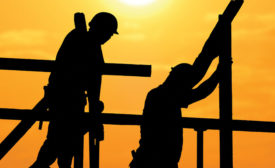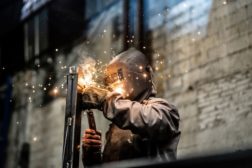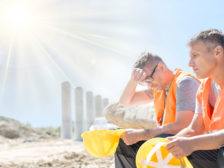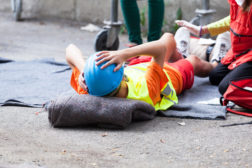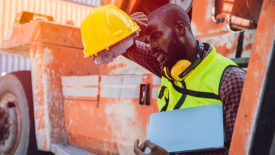Home » heat stress
Articles Tagged with ''heat stress''
Beyond the basics of heat protection
How to protect construction workers and create a specific action plan
July 28, 2022
Biden Administration launches Heat.gov with tools for communities facing extreme heat
Initiative is in partnership with multiple agencies, including CDC, OSHA, NIOSH, NOAA
July 28, 2022
Legislators and labor leaders gather at Capitol Hill to advocate for heat safety
Experts lead “Heat Stress on the Hill” event in support of the Asunción Valdivia Heat Illness and Fatality Prevention Act
July 28, 2022
Cover Story
8 steps to a winning heat safety plan
Together, 30 experts create actionable solutions to reduce injuries
July 12, 2022
Get our new eMagazine delivered to your inbox every month.
Stay in the know on the latest safety trends.
SUBSCRIBE TODAYCopyright ©2024. All Rights Reserved BNP Media.
Design, CMS, Hosting & Web Development :: ePublishing
